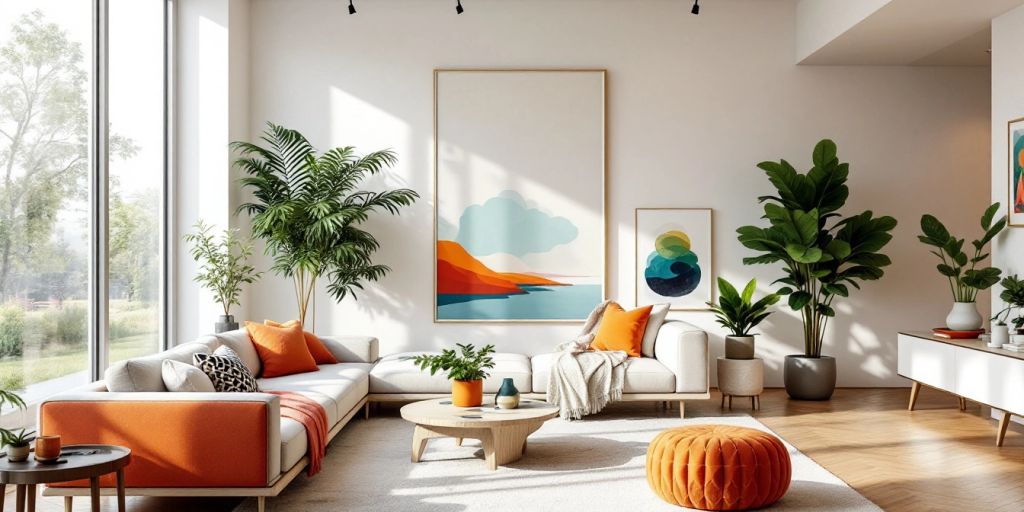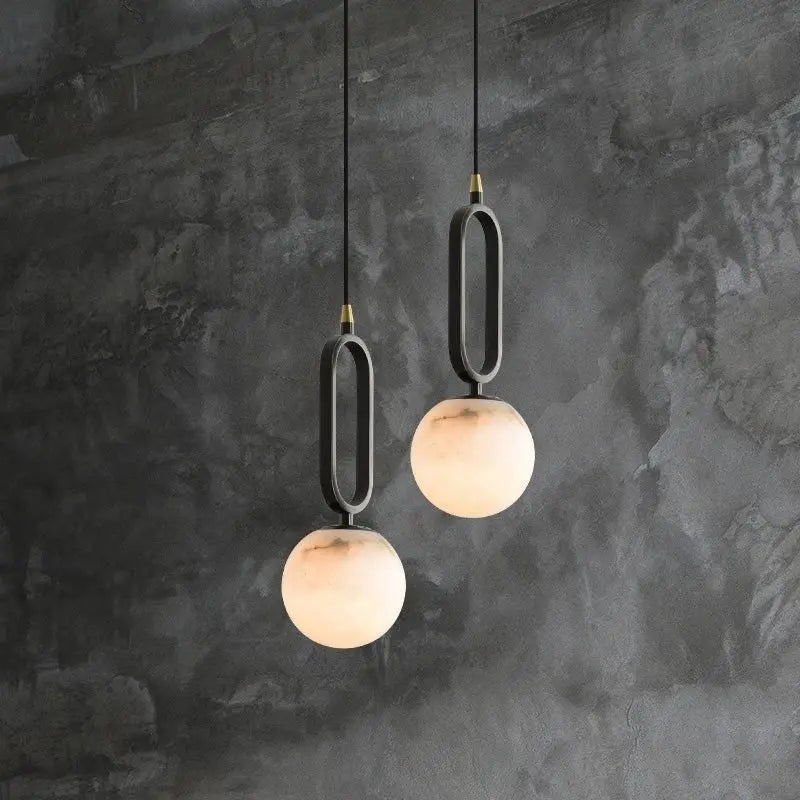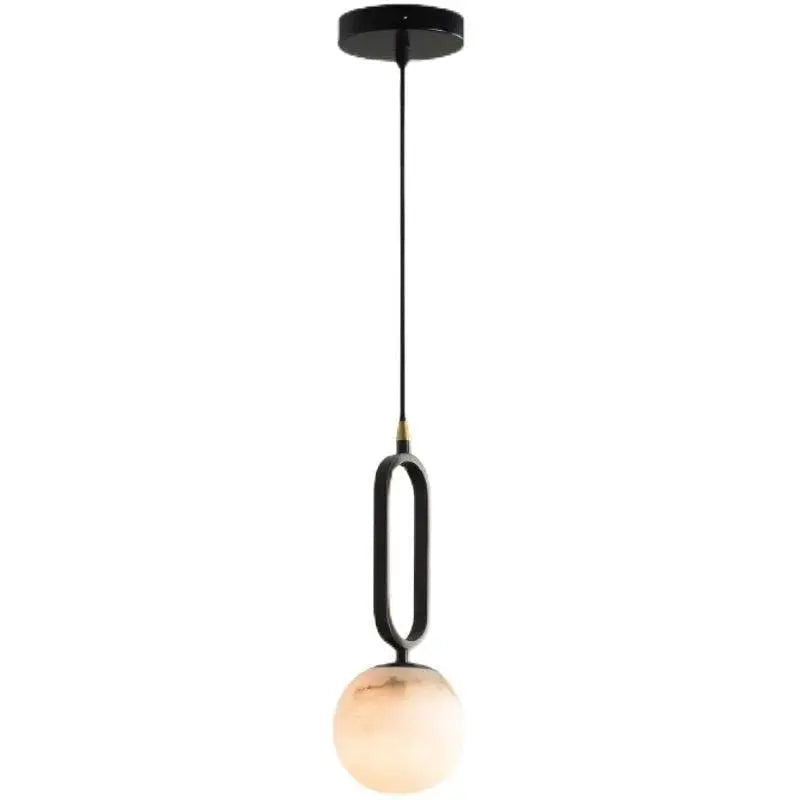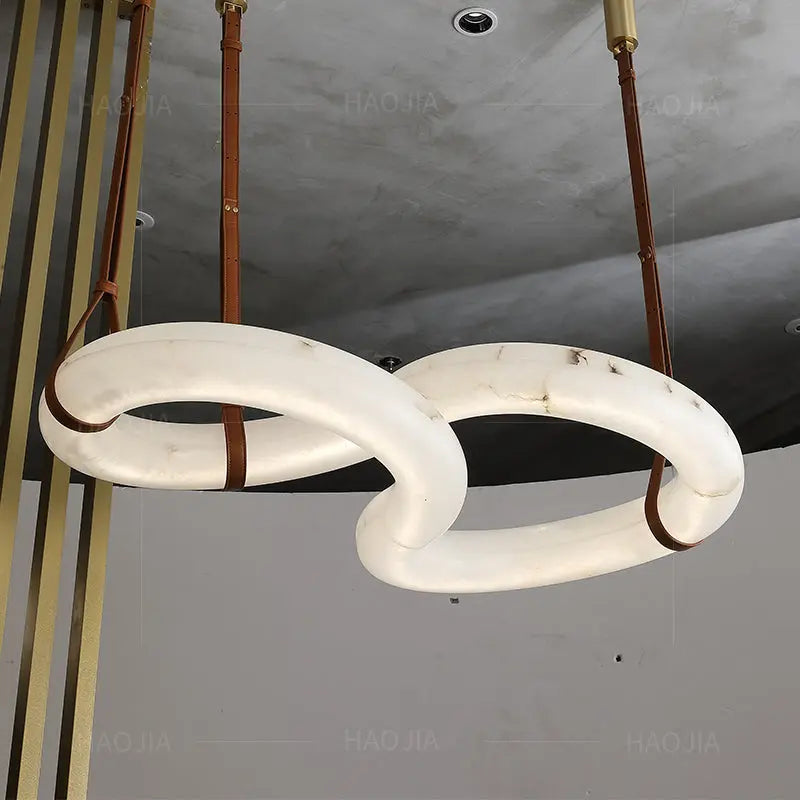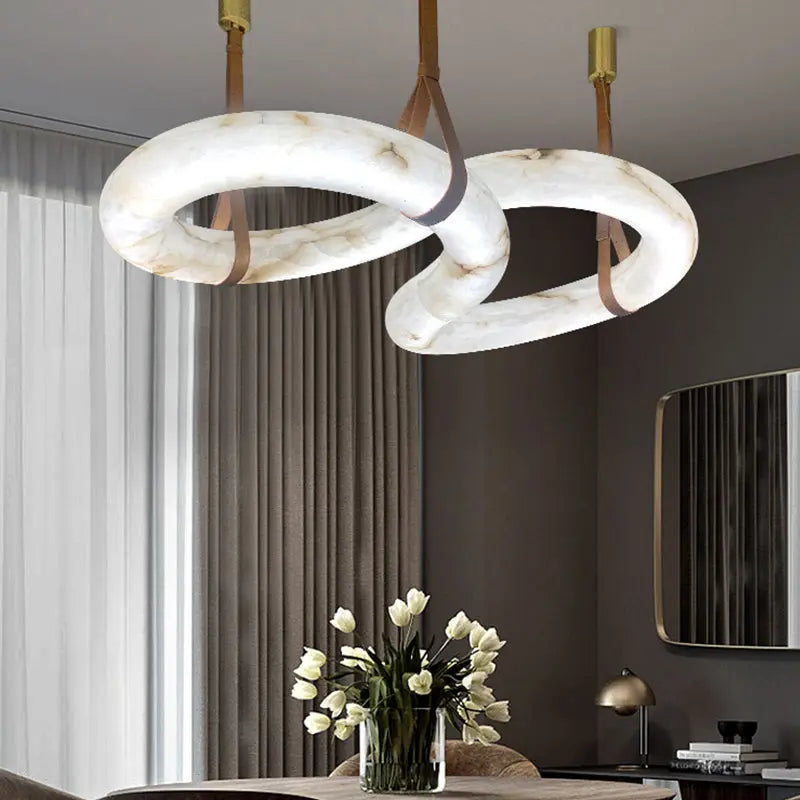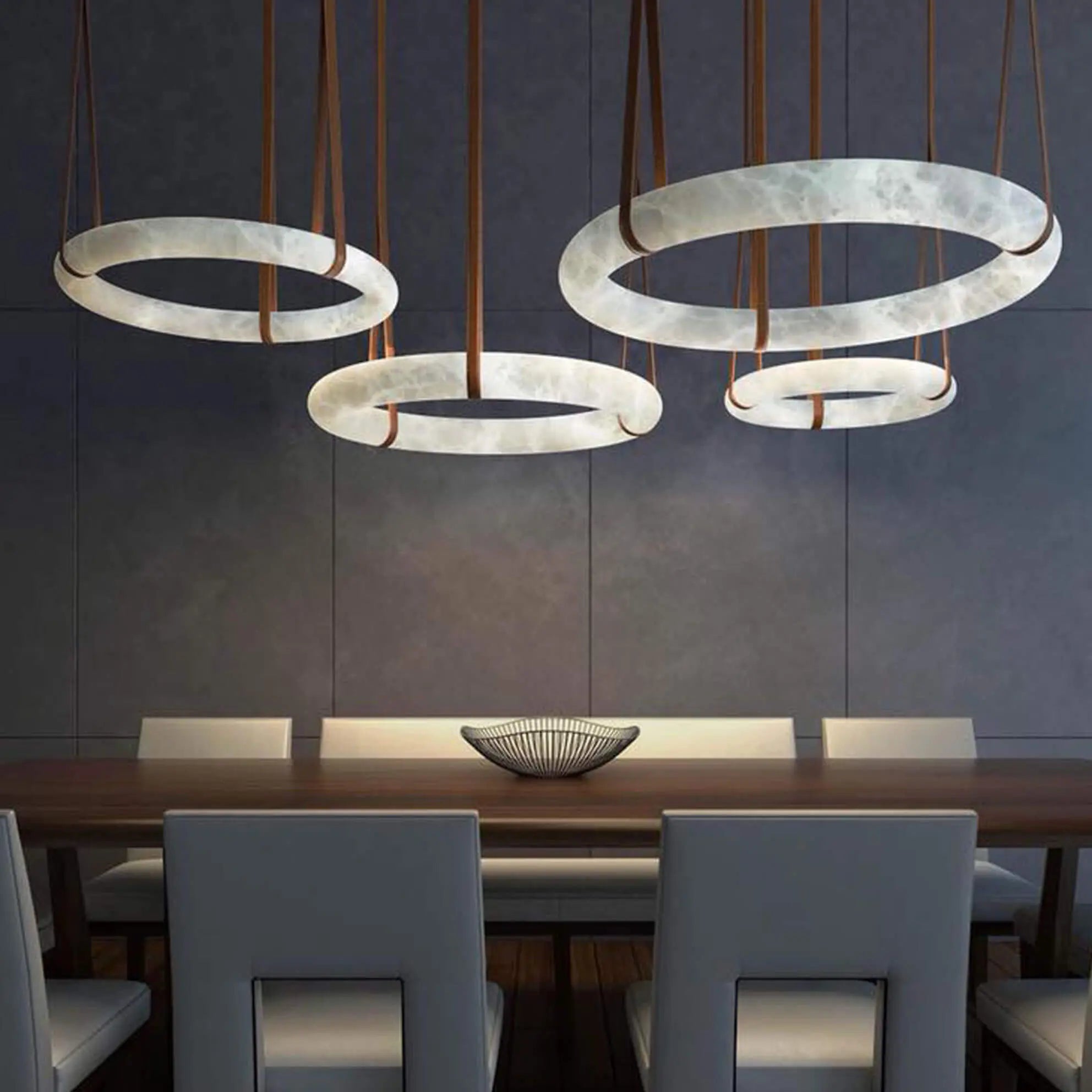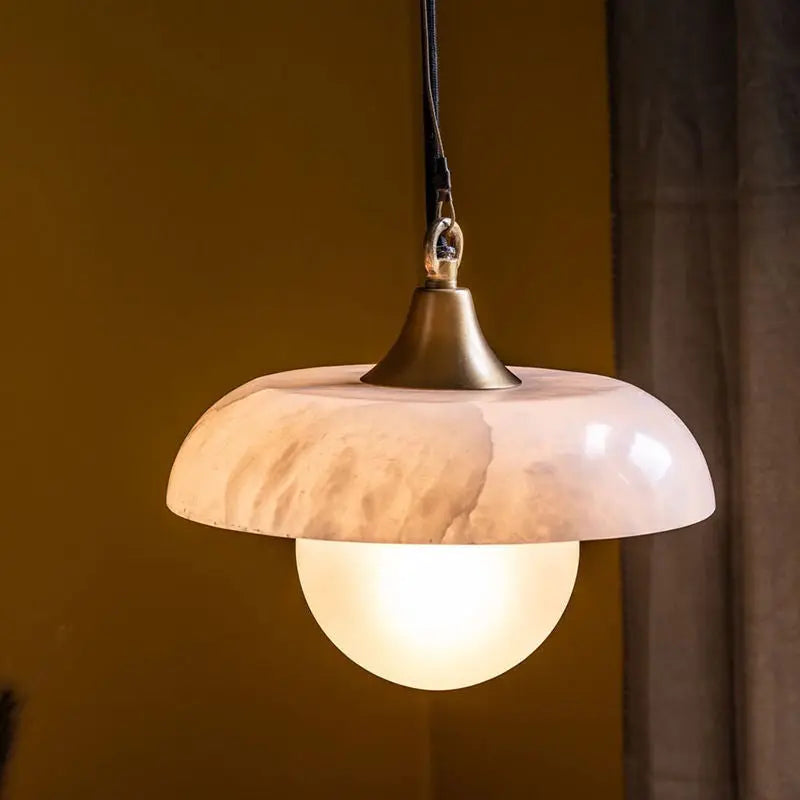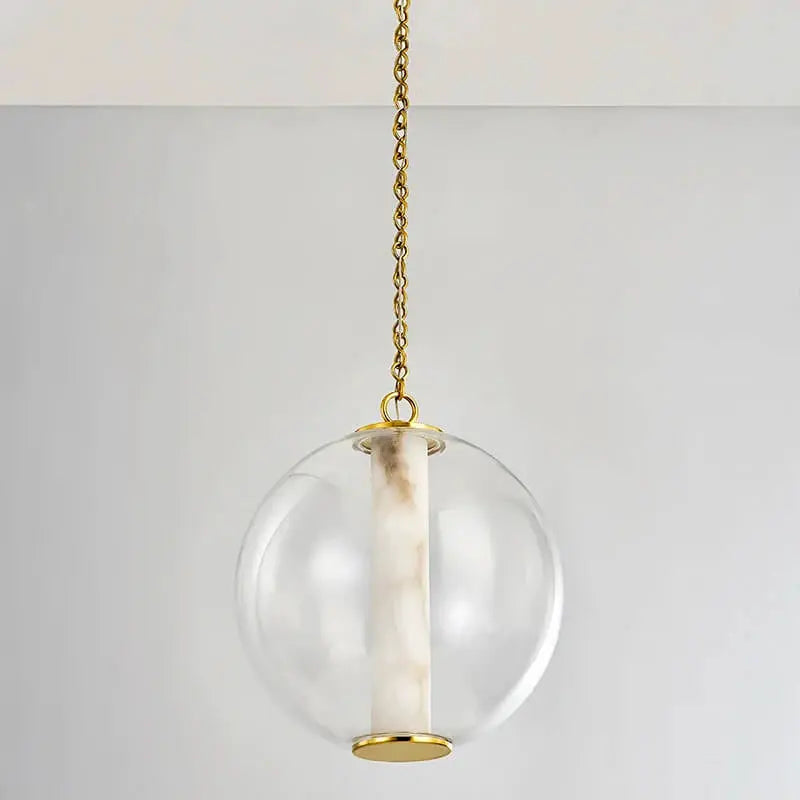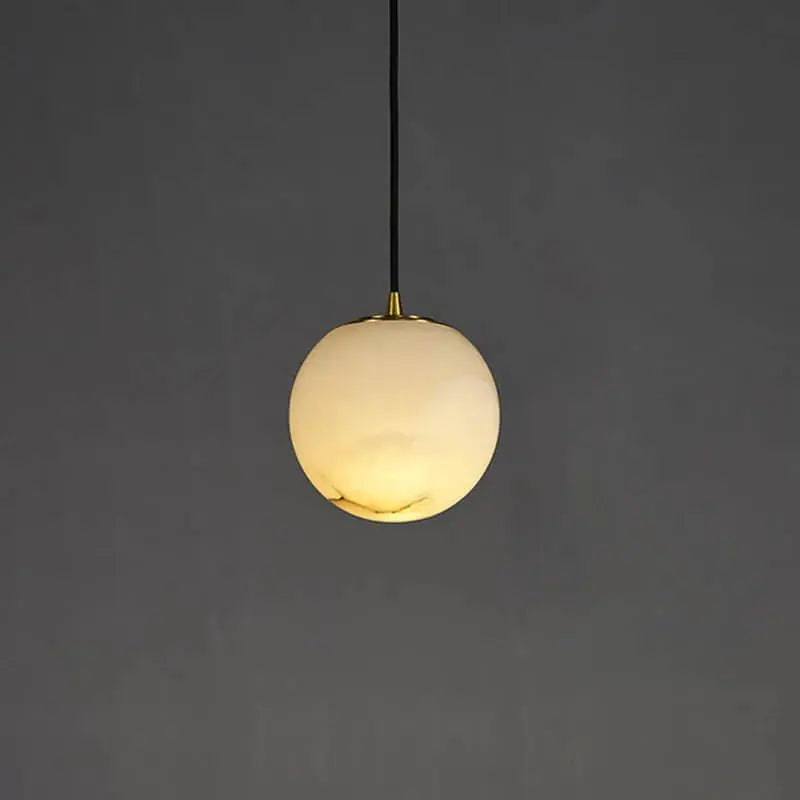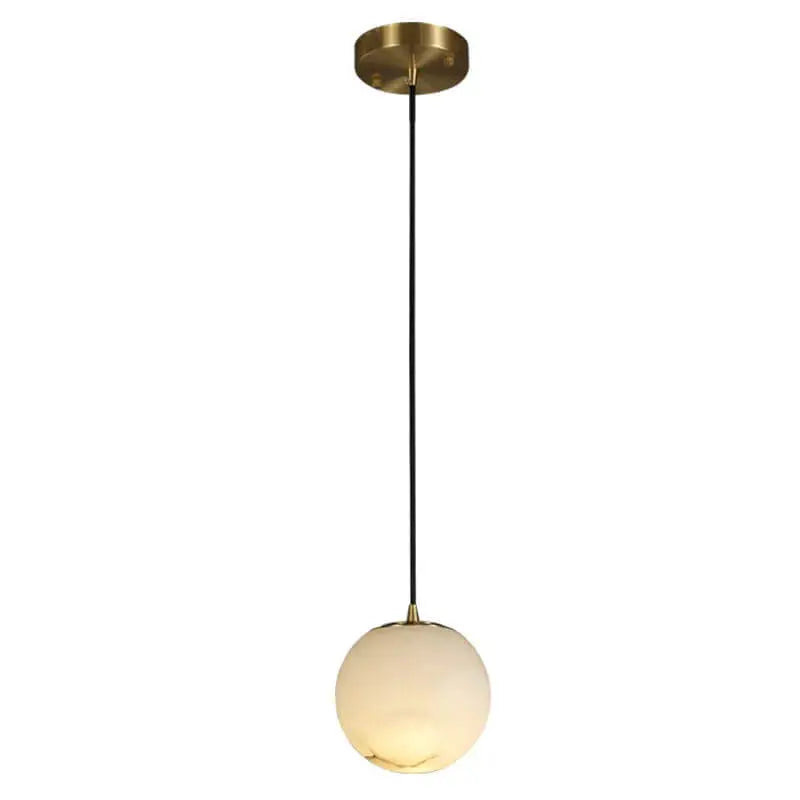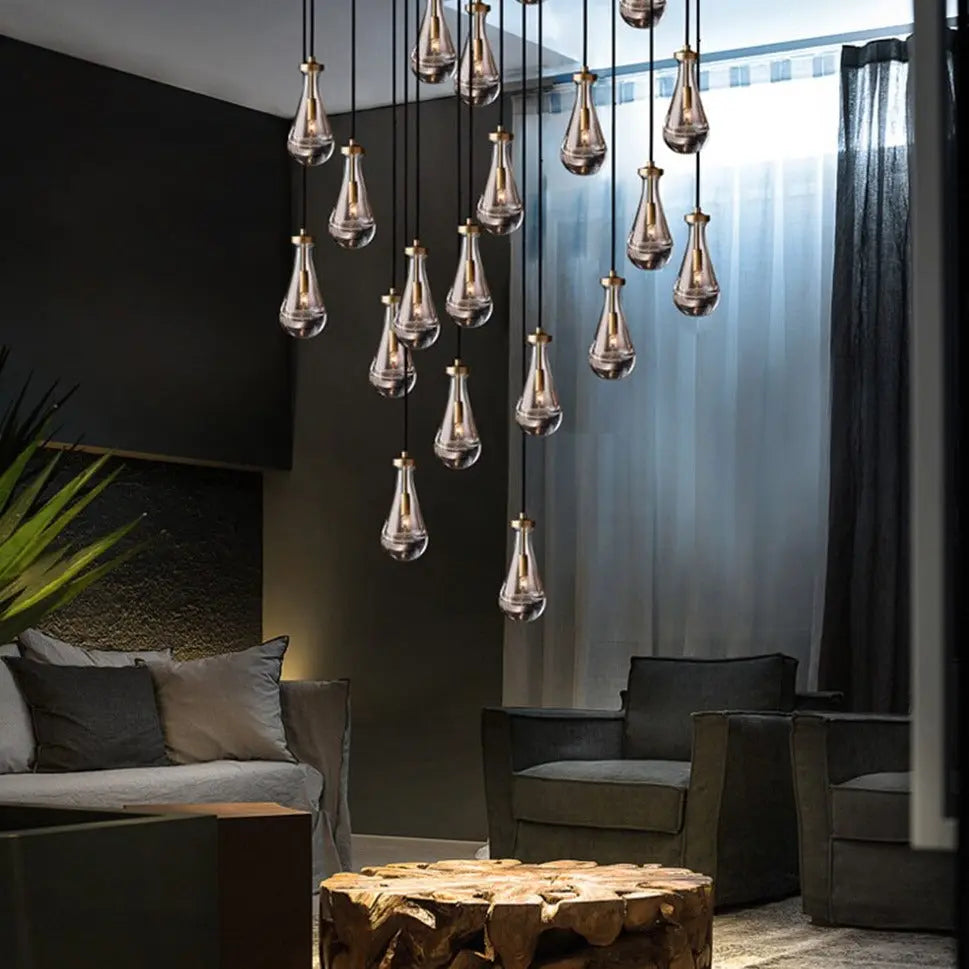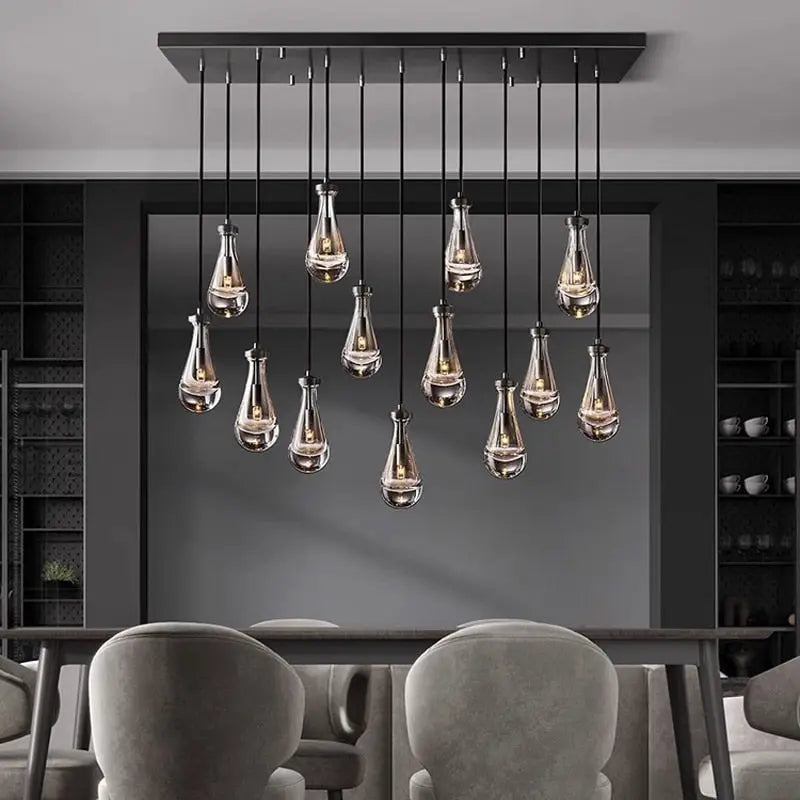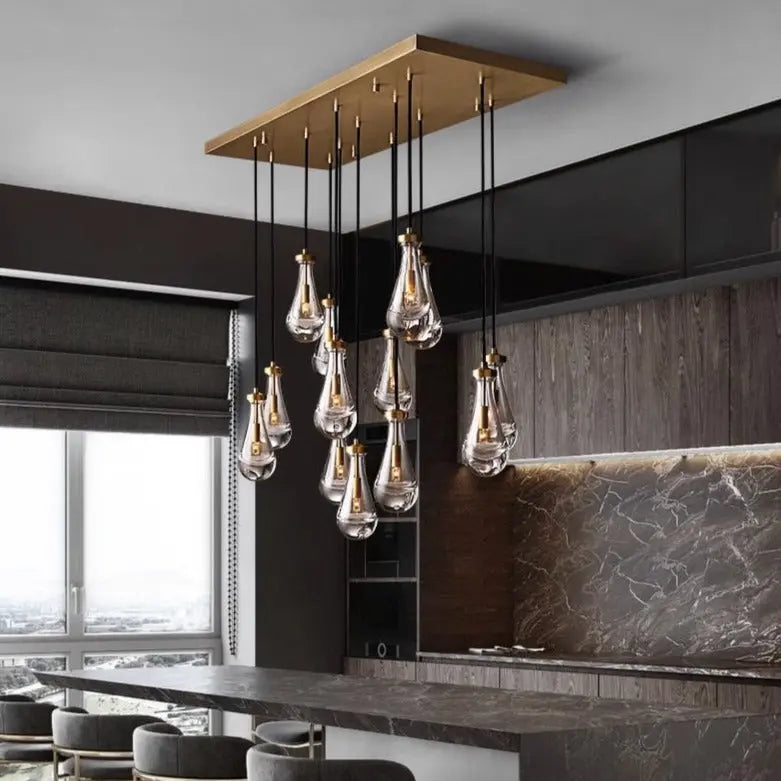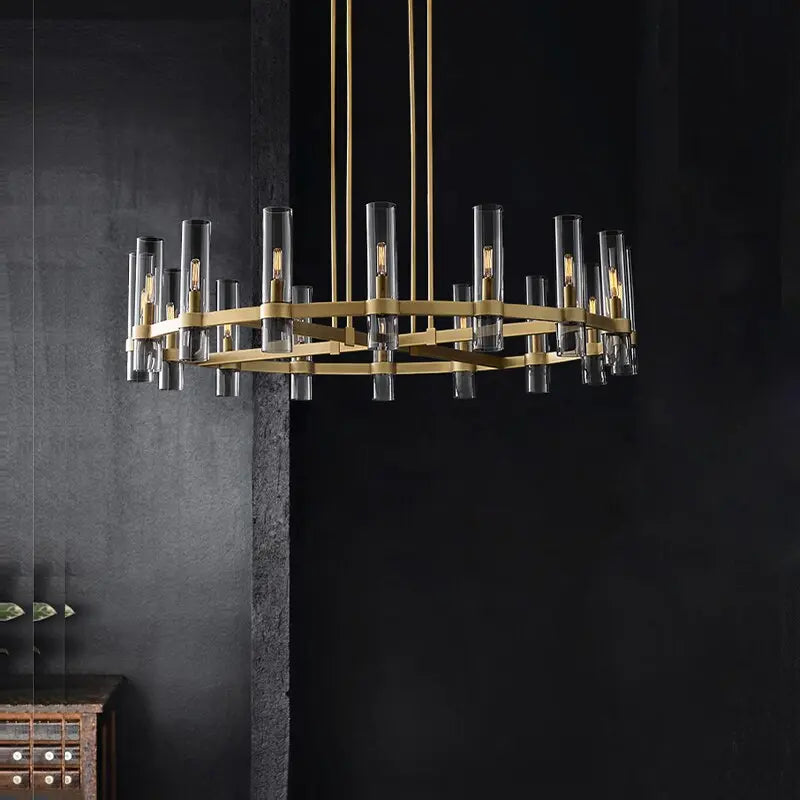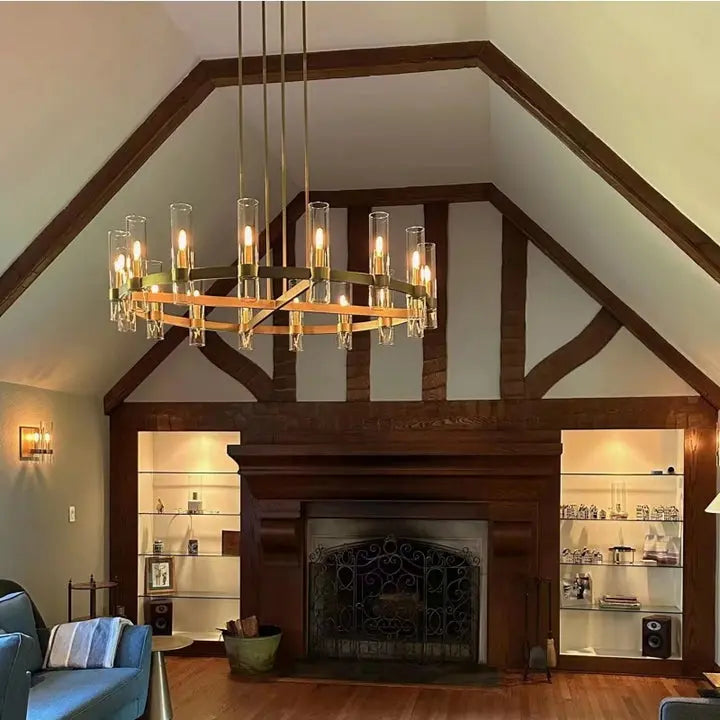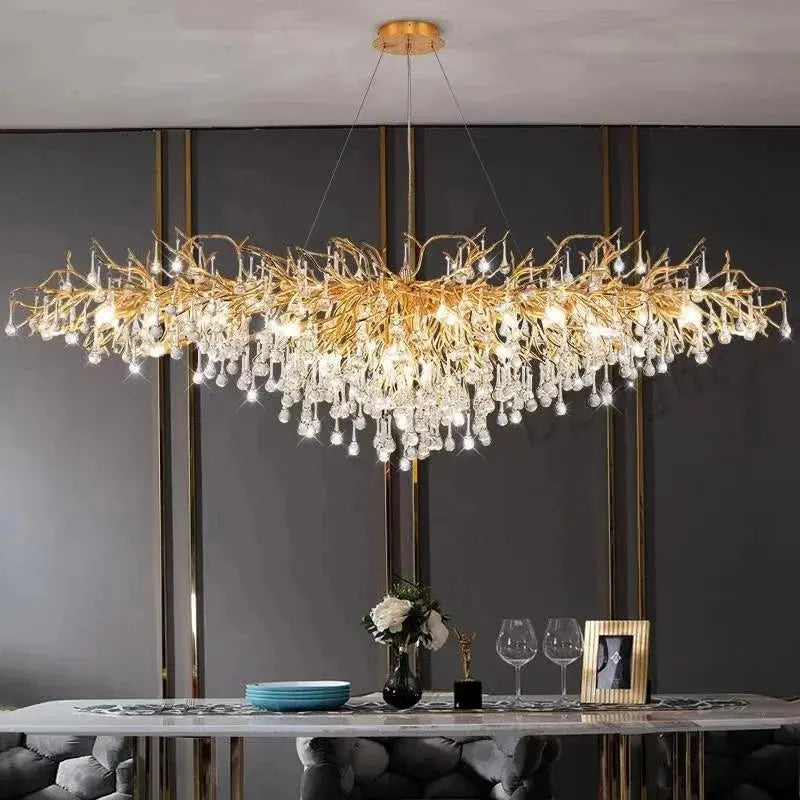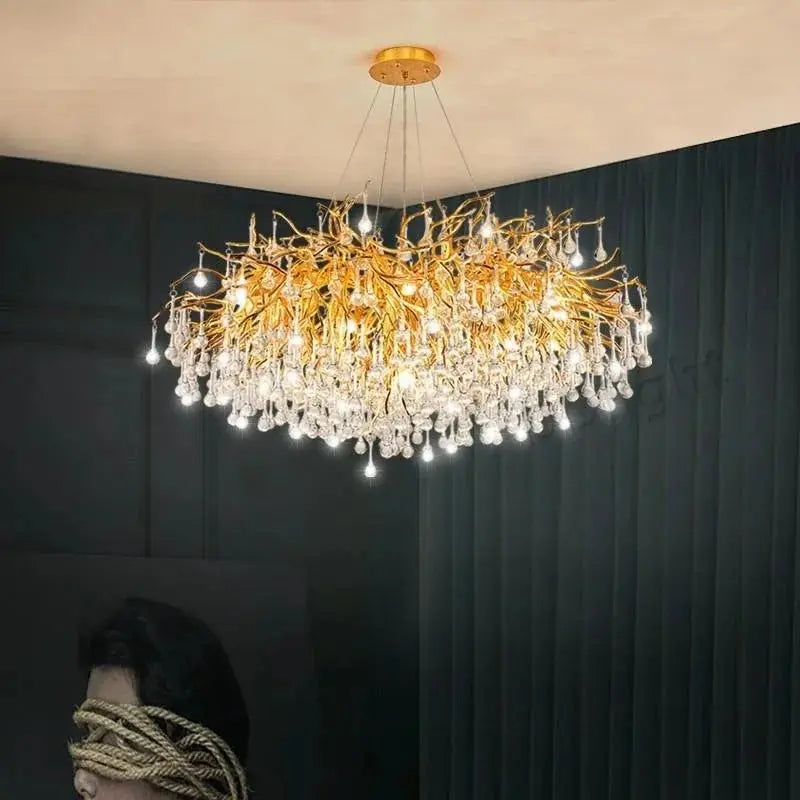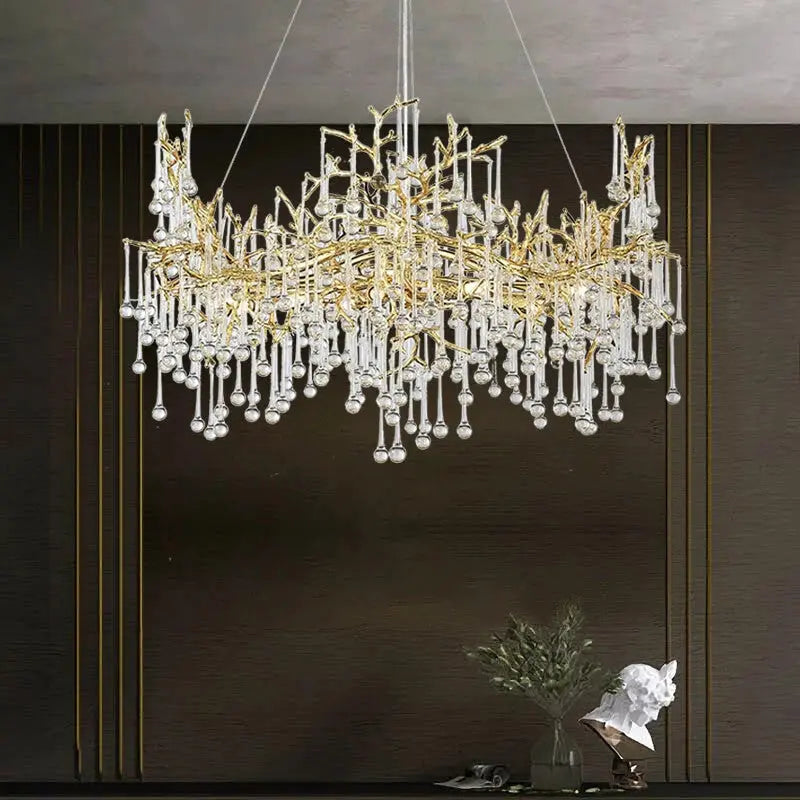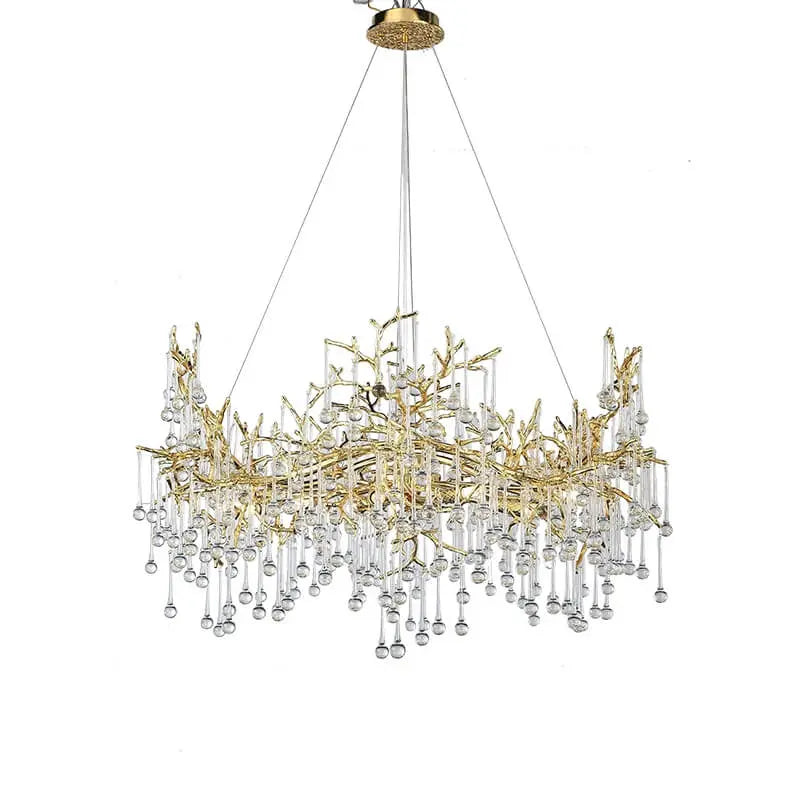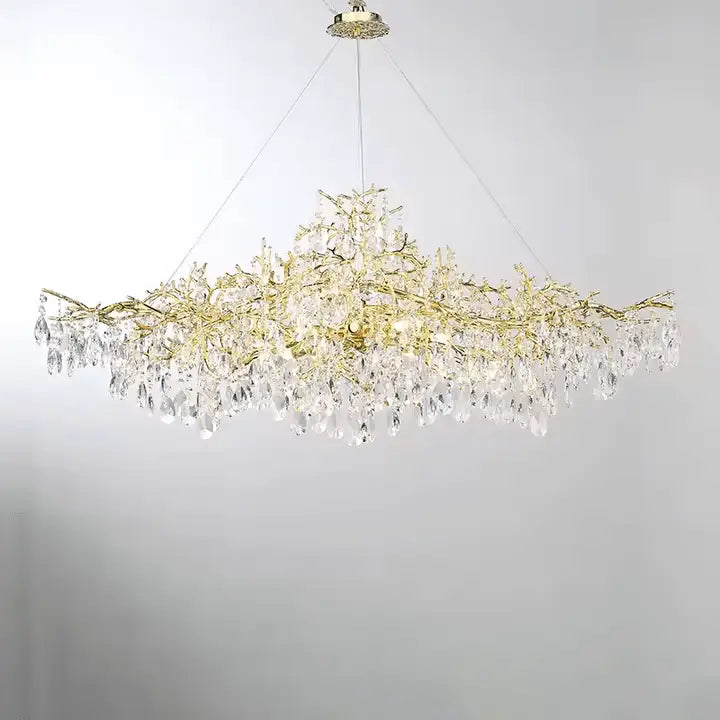In today's world, home design is all about mixing style with practicality. Homeowners want spaces that not only look good but also work well for their everyday lives. This article explores creative ideas for modern home design, focusing on how to make homes both beautiful and functional. From using natural light to choosing smart technology, these tips will help you create a space that reflects your personality while meeting your needs.
Key Takeaways
- Open floor plans create a feeling of space and encourage family interaction.
- Natural light is essential; large windows and skylights can brighten up your home.
- Sustainable materials, like reclaimed wood, are both stylish and eco-friendly.
- Smart home technology makes life easier by automating tasks around the house.
- Combining indoor and outdoor spaces can enhance your living experience.
Maximizing Space with Open Floor Plans
Open floor plans are becoming increasingly popular in modern home design, especially in open-plan homes. They create a sense of spaciousness and allow for better flow between different areas of the house. Here are some key aspects to consider:
Creating Seamless Transitions Between Rooms
- Use consistent flooring throughout to unify spaces.
- Incorporate large openings or archways instead of doors.
- Choose a neutral color palette to enhance continuity.
Enhancing Interaction and Connectivity
- Arrange furniture to encourage conversation and interaction.
- Position dining areas near living spaces for easy access.
- Consider multifunctional furniture that can adapt to different needs.
Design Tips for Open Floor Plans
- Maximize natural light with large windows and skylights.
- Use area rugs to define different zones within the space.
- Incorporate vertical storage solutions to keep the area organized.
Open floor plans not only enhance the aesthetic appeal of loft homes and townhouse home design, but they also promote a more connected lifestyle.
By embracing these design principles, you can create a harmonious living environment that blends functionality with style, making your apartment home design feel more spacious and inviting.
Harnessing Natural Light in Contemporary Homes
Natural light is a key element in contemporary home design. It not only enhances the beauty of a space but also contributes to a healthier living environment. Here are some ways to effectively harness natural light in your home:
Benefits of Large Windows and Skylights
- Increased Brightness: Large windows allow more sunlight to enter, making rooms feel brighter and more inviting.
- Connection to Nature: They provide a view of the outdoors, creating a sense of openness and tranquility.
- Energy Efficiency: Utilizing natural light can reduce the need for artificial lighting, leading to lower energy bills.
Energy Efficiency Through Natural Lighting
- Daylight Harvesting: This technique involves using natural light to reduce energy consumption. By strategically placing windows and skylights, you can maximize light intake.
- Smart Lighting Solutions: Consider using contemporary / modern lighting that adjusts based on the amount of natural light available, ensuring optimal brightness throughout the day.
- Insulated Glass: Using energy-efficient glass can help maintain indoor temperatures while allowing light to flow in.
Designing with Glass Walls and Partitions
- Open Spaces: Glass walls can create a seamless transition between rooms, enhancing the flow of light.
- Visual Continuity: They help maintain a sense of space while providing privacy where needed.
- Stylish Aesthetics: Incorporating glass elements can add a modern touch to your home, making it feel more luxurious.
By thoughtfully integrating natural light into your home design, you can create a space that is not only beautiful but also functional and energy-efficient.
Incorporating these elements can transform your living space into a bright and welcoming environment, perfect for luxury homes or affordable homes alike. Whether you prefer Scandinavian interior design or mid-century modern home design, the right use of natural light can elevate your home’s aesthetic appeal.
Incorporating Sustainable Materials
Sustainable materials are essential for creating eco-friendly homes that are both beautiful and responsible. By choosing materials that are renewable or recycled, homeowners can significantly reduce their environmental impact while enhancing the aesthetic appeal of their spaces.
Eco-Friendly Flooring Options
- Bamboo: A fast-growing plant that is durable and stylish.
- Cork: Soft underfoot and naturally resistant to mold and mildew.
- Reclaimed Wood: Adds character and history to any room.
Reclaimed Wood and Recycled Glass
Using reclaimed wood not only helps reduce waste but also brings warmth and uniqueness to your home. Recycled glass can be used in countertops and tiles, providing a stunning visual effect while being environmentally friendly.
Low VOC Paints and Finishes
Opting for low VOC (volatile organic compounds) paints ensures better air quality in your home. These paints are less harmful to both the environment and your health, making them a smart choice for sustainable home design.
Choosing sustainable materials is not just about aesthetics; it’s about creating a healthier environment for everyone.
By incorporating these elements, you can create sustainable homes that reflect your commitment to the planet while also being stylish and functional. Embracing eco-friendly materials is a step towards a more responsible and beautiful living space.
Integrating Smart Home Technology
Automated Climate Control Systems
Smart homes are changing how we live by making our environments more comfortable. Automated climate control systems adjust the temperature based on your preferences and the weather outside. This means you can enjoy a cozy home without wasting energy. Here are some benefits:
- Energy savings: These systems learn your habits and optimize energy use.
- Comfort: Always return to a perfectly heated or cooled home.
- Convenience: Control everything from your smartphone.
Smart Lighting Solutions
Lighting is another area where smart technology shines. With smart lighting, you can change the brightness and color of your lights to match your mood or the time of day. This not only enhances the look of your home but also helps with your well-being. For example:
- Adjust brightness: Set the perfect light for reading or relaxing.
- Color options: Choose colors that fit your mood.
- Remote control: Manage your lights from anywhere.
Security and Entertainment Integration
Security systems have also become smarter. They offer real-time monitoring and alerts, keeping your home safe without ruining its look. Plus, entertainment systems can be controlled easily, allowing you to enjoy your favorite shows and music without clutter. Here’s how:
- Real-time alerts: Get notifications on your phone if something unusual happens.
- Multi-room audio: Play music in any room with just one device.
- Hidden wires: Enjoy a clean look without visible cables.
The integration of smart home technology is not just about convenience; it’s about creating a living space that adapts to your needs.
In conclusion, smart home design is about blending technology with comfort and style. By integrating these systems, you can create a home that is not only functional but also beautiful, making your life easier and more enjoyable.
Summary Table
| Feature | Benefits |
|---|---|
| Automated Climate Control | Energy savings, comfort, convenience |
| Smart Lighting | Adjust brightness, color options, remote control |
| Security Systems | Real-time alerts, multi-room audio, hidden wires |
Blending Indoor and Outdoor Spaces
Sliding Glass Doors and Outdoor Living Areas
One of the best ways to connect your indoor and outdoor spaces is by using sliding glass doors. These doors not only provide easy access to your backyard but also allow natural light to flood your home. Here are some benefits of using sliding glass doors:
- Seamless transition between indoor and outdoor areas.
- Enhanced views of your garden or patio.
- Increased natural light, making spaces feel larger.
Landscaping for Seamless Transitions
To create a smooth flow between your home and the outdoors, consider your landscaping. Here are some tips:
- Use similar materials for both indoor and outdoor spaces, like wood or stone.
- Create pathways that lead from your home to your garden.
- Incorporate plants that can thrive both inside and outside, such as ferns or succulents.
Designing Functional Outdoor Spaces
Outdoor areas can be just as functional as indoor ones. Here are some ideas:
- Create a cozy seating area with comfortable furniture.
- Add a dining space for family meals or entertaining guests.
- Consider a fire pit or outdoor kitchen for added enjoyment.
Blending indoor and outdoor spaces can transform your home into a welcoming oasis. By thoughtfully designing these areas, you can enjoy the beauty of nature while still having the comforts of home.
Incorporating these elements can lead to a harmonious design that reflects styles like coastal interior design or transitional interior design. Whether you prefer a more industrial interior design or an eclectic interior design, the key is to maintain a balance that feels inviting and functional. Don't forget to explore affordable interior design options that can enhance your space without breaking the bank!
Exploring Minimalist Design Principles
Decluttering and Simplifying Spaces
Minimalist interior design focuses on removing excess to create a calm environment. Here are some key points:
- Choose essential items: Only keep what you truly need.
- Use neutral colors: Shades like white, beige, and gray help create a serene atmosphere.
- Limit decorations: Less is more; choose a few meaningful pieces.
Choosing Functional and Stylish Furniture
In minimalist homes, furniture should be both functional and stylish. Consider these tips:
- Opt for multi-functional pieces: Look for furniture that serves more than one purpose.
- Select clean lines: Simple shapes enhance the minimalist look.
- Prioritize comfort: Even in simplicity, comfort should not be sacrificed.
Maintaining Aesthetic Simplicity
To achieve a minimalist home design, focus on:
- Open spaces: Keep areas uncluttered to promote a sense of freedom.
- Natural light: Use large windows to brighten up your space.
- Quality over quantity: Invest in fewer, high-quality items rather than many cheap ones.
Embracing minimalism can lead to a more peaceful and organized life. By focusing on the essentials, you can create a space that feels open and inviting.
In summary, minimalist design principles encourage a lifestyle that values simplicity and functionality. By decluttering, choosing the right furniture, and maintaining aesthetic simplicity, you can create a home that is both beautiful and practical. Minimalist homes are not just about looks; they promote a clearer mind and a more focused life.
Balancing Aesthetics and Functionality
In contemporary home design, achieving a balance between style and practicality is essential. This blend ensures that spaces are not only visually appealing but also serve the needs of everyday life. Here are some key aspects to consider:
Multifunctional Furniture and Modular Systems
- Versatility: Choose furniture that can serve multiple purposes, like a sofa bed or a coffee table with storage.
- Adaptability: Modular systems allow for easy rearrangement, making it simple to change the layout based on your needs.
- Space-saving: Look for designs that maximize space without sacrificing comfort or style.
Efficient Use of Space
- Open Floor Plans: These designs create a sense of flow and make spaces feel larger.
- Smart Storage Solutions: Use built-in shelves and hidden compartments to keep areas tidy.
- Zoning: Define areas for different activities, like work and relaxation, while maintaining an open feel.
Personalizing Contemporary Designs
- Unique Decor: Incorporate personal items that reflect your style, such as artwork or family photos.
- Color Schemes: Choose colors that resonate with you while complementing the overall design.
- Textures and Materials: Mix different materials to add depth and interest to your space.
Balancing aesthetics and functionality is about creating a home that feels good to live in while looking great. It’s essential to choose elements that reflect your personality and meet your daily needs.
By focusing on these principles, you can create a home that is both beautiful and practical, ensuring that every element serves a purpose while enhancing the overall design.
Experimenting with Textures and Materials
Combining Natural and Industrial Elements
When designing your home, mixing different materials can create a unique and inviting look. For example, you can pair natural materials like wood or stone with industrial elements such as metal or glass. This combination adds depth and character to your home’s exterior.
Using Contrasting Textures for Visual Appeal
To enhance the visual interest of your space, consider using contrasting textures. Here are some ideas:
- Rough textures like reclaimed wood or stone can be paired with smooth surfaces like polished concrete.
- Soft textiles can complement hard materials, creating a balanced feel.
- Glass accents can lighten the heaviness of stone or brick, making the design feel more open.
Incorporating Greenery and Living Walls
Don’t forget about the impact of plants! Adding greenery can soften the lines of your home and bring a touch of nature indoors. Here are some ways to do this:
- Vertical gardens can be a stunning focal point.
- Living walls can add texture and color to your home’s exterior.
- Native plants can enhance the overall aesthetic while being low maintenance.
Blending various textures and materials not only enhances the beauty of your home but also creates a welcoming atmosphere that reflects your personal style.
By experimenting with these ideas, you can achieve a contemporary design that is both functional and visually appealing. Remember, the right combination of materials can elevate your home’s overall look and feel!
When you play around with different textures and materials, you can really change how a space feels. Whether it’s a soft fabric or a shiny surface, each choice adds its own touch. Want to see more ideas? Visit our website for inspiration and tips!
Conclusion
In summary, modern home design is all about mixing style with usefulness. By focusing on how spaces can be both beautiful and practical, homeowners can create environments that truly reflect their lives. From open layouts that encourage family time to smart technology that makes daily tasks easier, every choice counts. Using eco-friendly materials not only helps the planet but also adds a unique touch to your home. As you think about your own space, remember that blending different styles and ideas can lead to a home that is not just a place to live, but a true expression of who you are.
Frequently Asked Questions
What is an open floor plan and why is it popular in modern homes?
An open floor plan is a design where spaces like the kitchen, living room, and dining area are connected without walls. This design is popular because it makes homes feel larger and encourages family interaction.
How can I bring more natural light into my home?
You can add large windows, skylights, or glass doors to let in more sunlight. Natural light not only brightens your space but also makes it more energy-efficient.
What are some eco-friendly materials I can use in my home?
Eco-friendly options include bamboo flooring, reclaimed wood, and recycled glass. These materials are good for the planet and can make your home look great.
What is smart home technology?
Smart home technology lets you control things like lights, temperature, and security from your phone or with voice commands. It makes your home more convenient and secure.
How can I connect my indoor and outdoor spaces?
You can use sliding glass doors, create outdoor living areas, and choose landscaping that flows from inside to outside. This connection makes your home feel more spacious and inviting.
What is minimalist design?
Minimalist design focuses on simplicity and functionality. It means using fewer items in your space and choosing furniture that is both practical and stylish.

